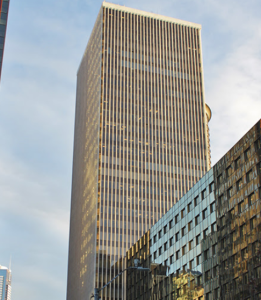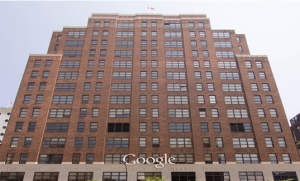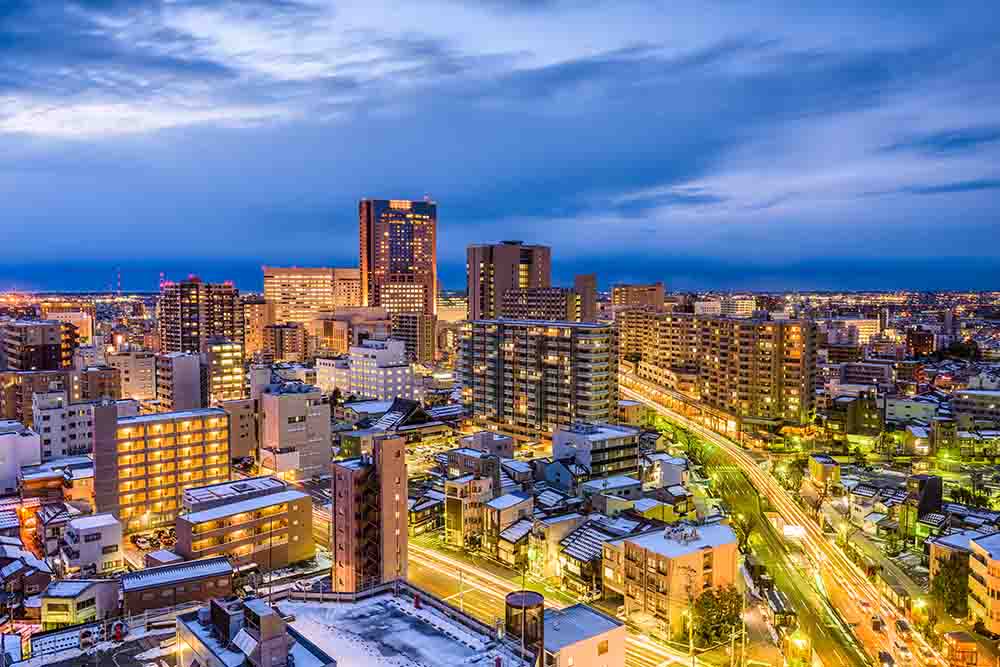The largest Central business districts (CBDs or downtowns) face a serious crisis as working from home has seriously reduced the demand for five-day on-site employment. The CBDs most at risk are typically those with the strongest transit work trip market shares, at from 30 to 80 percent — New York (Manhattan), Chicago (the Loop and adjacent areas), Boston, Philadelphia, Washington, San Francisco and Seattle. In Canada, this includes Toronto, Montreal, Vancouver and Calgary. Other CBDs, with smaller transit market shares are also experiencing severe difficulties, such as Atlanta, Denver, Houston, Los Angeles, Minneapolis and Portland.
Commutes to these locations are considered anything but rewarding for many. Fully remote workers are employed virtually full-time from home and many of these have moved far away from their on-site employment locations.
Other workers have hybrid schedules, working on-site some days and from home on others. A recent Kastle Systems report of on-site work in 10 large metropolitan areas indicated that Fridays now have an the lowest employee occupancy rate of only 26% to 42%. The top day, generally Tuesday, has an employee occupancy rate of 49% to 71%.
In 2022, 15.2% of US workers worked from home, which marked a decrease from the 17.9% recorded in 2021. However, this percentage remained significantly higher than the 5.7% observed in 2019. The prevalence of remote work surged during the pandemic, with a brief period where it accounted for over 60% of paid work hours. Notably, this increase in working from home had a more adverse impact on public transit compared to driving. According to data from the American Community Survey, between 2019 and 2021, the share of workers using transit dropped by 37.0%, while the percentage of individuals driving alone decreased by 9.6%, and carpooling experienced a 2.4% decline.
The financial fallout for core cities is substantial. The demand for CBD office space is declining. A number of office buildings with Grade A space have been sold for far less than their pre-pandemic values. There have been defaults and hundreds of billions in office building mortgages come due for refinancing in the next five years.
The impacted municipalities are desperate to preserve their CBDs, not least because of the property tax and other tax revenues they produce so crucial to balancing budgets. Further, the last thing the cities need is expanding the all too often hollowing out that has occurred in recent decades.
An obvious solution is to convert disused office buildings into residential buildings. There are already success stories around the country, where empty office buildings have been converted. For examples, the city of Los Angeles, with its adaptive reuse approach has been a model for two decades. One great advantage of the residential conversions would be to moderate the intensively unbalanced jobs to worker ratios. For example, Manhattan in 2019 had 3.1 jobs for every resident worker, according to the American Community Survey (excluding those who work at home).
But not all empty office buildings can be converted to residences at a cost that permits a competitive return on investment for developers. A particular problem is that many of the newer buildings with larger floor plates cannot efficiently be converted to residential, because some apartment rooms would not be able to have windows.
Data centers could provide an opportunity for conversion from office space, where residential conversion is infeasible. According to Bard (Google’s artificial intelligence program), “A data center is a physical facility that houses computer systems and associated components, such as telecommunications and storage systems. Data centers are essential for the operation of the internet and other critical infrastructure. They provide the computing power and storage capacity needed to run websites, applications, and services, and to store and manage data.”
Companies have historically had their own on-premises data centers, but in recent years many have shifted to using third-party (cloud) data centers, where multiple companies can purchase the storage and services they need. There are more than 2,000 datacenters in the United States. Most are low-rise.
High-Rise Data Centers
But there is considerable potential for data centers in the traditional CBDs.
The One Wilshire Building in downtown Los Angeles is a good example of a high-rise data center (Top Photo). One Wilshire opened in 1966 and was the fourth tallest building in downtown Los Angeles, at 30 floors (trailing the Union Bank Plaza. City Hall and the Occidental Center). In its early decades, One Wilshire was a modern, conventional office building. However, the building was converted to a data center in the 1990s. According to Wikipedia, the Los Angeles Times reported that One Wilshire had become one of the three top telecommunications sites in the world, along with 60 Hudson Street (below) in New York and Telehouse in London. Other examples follow.

The Terminal Commerce Building in center city (401 North Broad Street) Philadelphia (below) has been converted to a data center. The 14 floor building was constructed by the Reading Railroad and opened in 1931. It is within a short walk of City Hall.

The 34 story Westin Building (below) in downtown Seattle started out in 1981 as the corporate headquarters of Westin Hotel. It has been converted into a data center.

The Google Building (111 8th Avenue) in Manhattan started out in 1932 as the Port Authority Building (below), built by the Port Authority of New York and New Jersey. It is a 15 story building, which was purchased by Google in 2010 and has been converted into a data center.

A New York Times article singled out the St. Louis downtown area as having substantial potential for office building conversion to data centers.
Rising Demand
The demand for data centers is increasing rapidly, with a doubling expected in power consumption in the United States alone, between 2022 and 2030. Much of this is due to the expansion of artificial intelligence. Meanwhile, the industry faces greater challenges, such as the rising costs of land and community opposition to placement near residential areas. CBD locations could be a godsend, requiring considerably less land and being separated from residential areas.
Conclusion
High-rise data centers will not, in and of themselves, restore downtowns to their former glory. It is always a compelling task to repurpose built environment to accommodate activities for which they were not designed. But high-rise data centers could provide a partial solution to city officials facing a difficult challenge.
Wendell Cox is a Senior Fellow at the Frontier Centre for Public Policy



